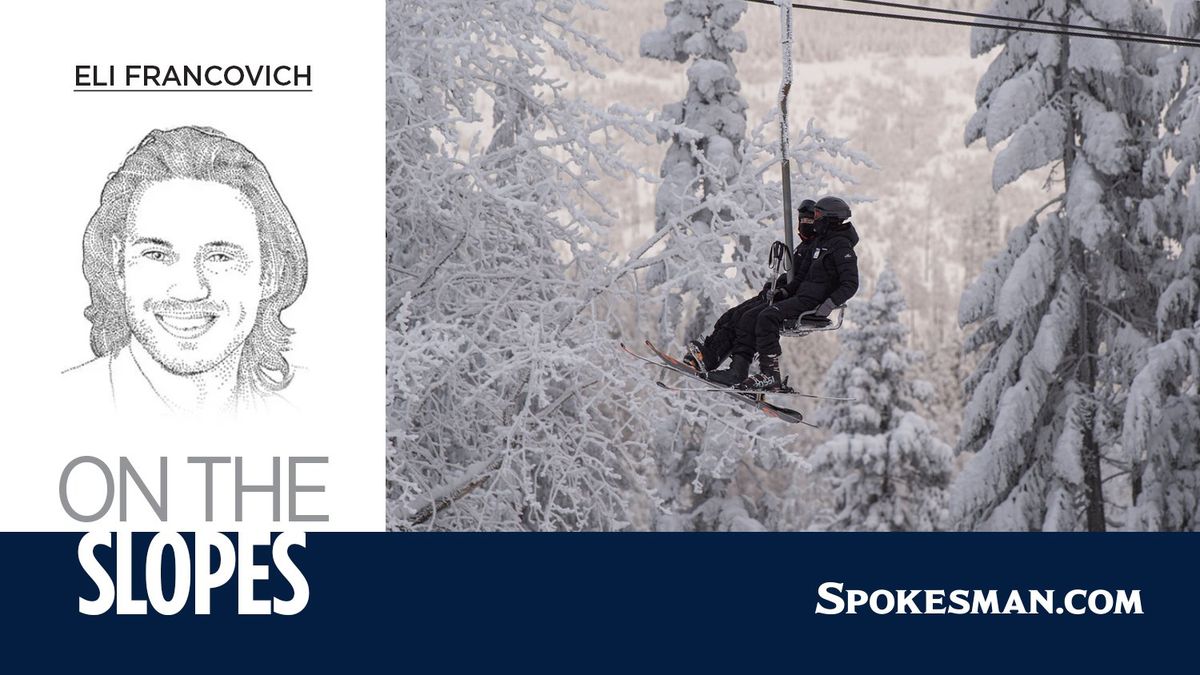Francovich: With a winter storm ‘the invisible made visible’

Snow.
What a mystery. A substance with a thousand forms. An insubstantial thing. Light to the touch and quick to melt. Gone with an errant breath and yet capable of snarling the most robust infrastructures; forcing schools to close; fouling the wheels of bureaucracy; stalling implacable armies; or, when its kinetic energy releases, destroying buildings and covering roads and ending lives.
But also a dealer in beauty. Snow, a coat that turns the dreariest world-worn vista into a view worth eulogizing. A snowstorm, a joyful occasion for skiers and snowboarders. An urban hill, unremarkable at any other time, a luge for children.
All the product of snowfall. Individual crystals coming together into something large and solid, each unique – as the cliché goes – each transitory.
“With each shift in temperature or humidity, the (snow) crystals’ shapes varied slightly, like finely tuned thermometers,” wrote Anthony Doerr in his 2004 novel “About Grace.” The novel’s protagonist, David Winkler, is a hydrologist who meditates often and beautifully on snow. “He imagined them growing in the clouds, the initial molecules precipitating, the wind blowing them through slight gradations in temperature, each prismatic arm growing – the invisible made visible.”
That last phrase, “the invisible made visible,” has stuck with me. Like snow, we are water made visible, briefly substantive iterations of fluid. Snow reminds of these dual facts of existence. We are water (mostly) and we will one day be gone.
I thought about this last week climbing a mountain in Montana’s Cabinet Mountains. We trekked across a frozen lake, the fracture lines of freeze and thaw crisscrossing the 6-inch ice like veins. Using ice picks and crampons, we scaled a face covered by water in various states of freeze. The front points of our crampons and the ends of our ice tools biting into a substance I struggled to trust. Of course, snow slides and ice breaks but neither happened, and we made it to the summit and back down, unscathed thanks to a substance that one month ago did not exist. A snowstorm like Wednesday’s only reminds us of this seasonal appearance.
This winter, I will be writing The Spokesman-Review’s biweekly column about snow and ice. In the past, this column has focused on winter sports – and that facet will remain – however, I hope to explore the underlying substance that makes these activities possible.
The topics are nearly endless.
The pure joy of skiing. The big business of resorts. The environmental problems associated with that big business. The science of a hard-to-predict substance. And perhaps the gravest, hardest to comprehend possibility, the end of winter as we’ve known it as climate change pushes our regional hydrology from one based on snow to one based on rain.
Underlying that is the pure wonder of this seasonal apparition, a substance that didn’t exist yesterday and may be gone tomorrow.
If you have column ideas or tips, Eli Francovich can be reached at (509) 459-5508 or at elif@spokesman.com.